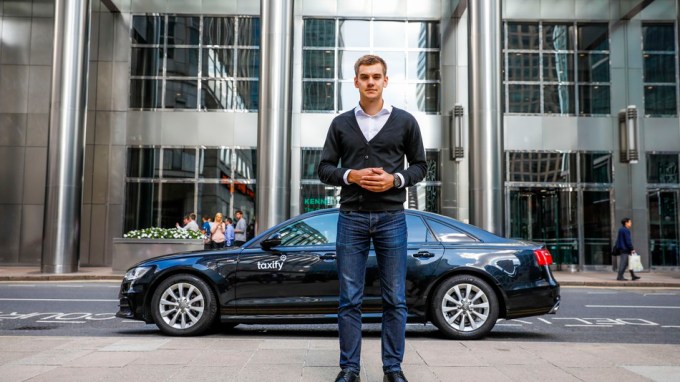European startup studio eFounders is slowly but surely building a portfolio of successful software-as-a-service startups. The company is behind some of the most promising enterprise startups in recent years.
Over the past six months, six eFounders startups have raised $120 million in total, with Front and Aircall leading the pack with a $66 million and a $29 million round. Spendesk raised $9.9 million. Forest, Slite and Station raised seed rounds.
Some of them also attended Y Combinator’s most recent batch. Finally, Technicis acquired TextMaster for an undisclosed sum.
If you don’t know the eFounders model, it’s quite simple. At first, the core eFounders team comes up with an idea and hires a founding team. In exchange for financial and human resources, eFounders keep a significant stake in its startups.
After a year or two, startups should have proven that they can raise a seed round and operate on their own. This way, eFounders can move on to the next project and start new companies.
eFounders currently lists 14 companies on its website. In addition to the ones I already mentioned, there are Mailjet, Mention, Foxintelligence, Forest, Hivy, Folk, Upflow, Briq and Illustrio.
Based on this list, you’d think that eFounders has a nearly perfect track record. But eFounders had to stop a couple of projects, such as PressKing and Muxi. Illustrio seems to be on pause right now as well.
Nevertheless, it’s clear that eFounders has cooked up a secret playbook for software-as-a-service startups. More importantly, it’s also clear that eFounders managed to attract some talented entrepreneurs to lead those startups and transform them into their own startups.
Overall, eFounders companies have raised $175 million in total, have 100,000 clients and 500 employees. Together, they generate $50 million in revenue. eFounders itself has raised $11.4 million.
It’s going to be a long play for eFounders as the company only generates revenue when there’s an exit or a secondary market transaction. As long as startups keep raising more money, eFounders doesn’t get anything, and its stake gets diluted. It’ll only make money when there’s a significant acquisition or an IPO. But the valuation of eFounders’ portfolio also keeps growing, so the outcome looks more and more positive.




